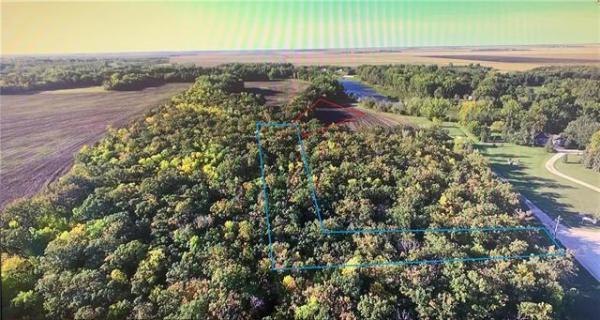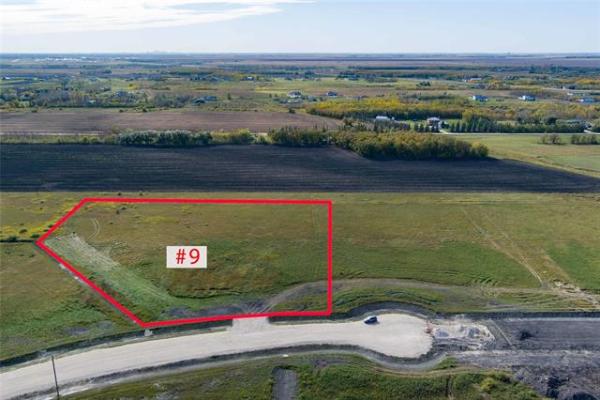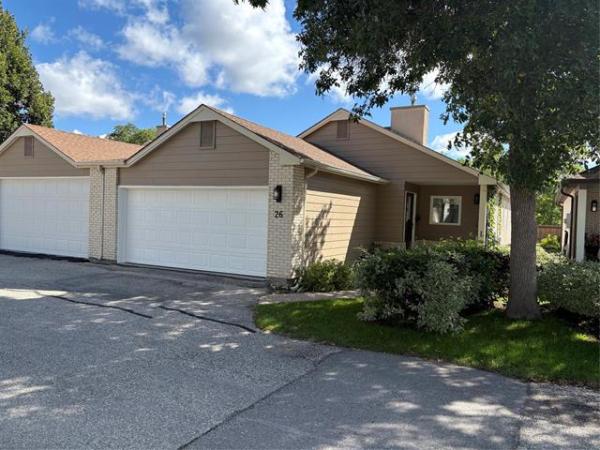Question: I have recently applied for increased sewer back-up coverage on my house insurance. The broker has sent me a questionnaire asking whether my home has a backwater valve or other sewer back-up protection. My home is in built in the '80s and is a typical bungalow with unfinished basement. How do I find out if I have one of these and where will it be located?
Anonymous, Linden Woods
Answer: While insurance issues are only a small portion of what is normally discussed during a typical pre-purchase inspection, they are becoming more of a concern every year. Electrical wiring issues are at the forefront of most of this dialogue, but protection from sewer back-up is a particularly common issue in our area.
Municipal sewers are used in many areas not only to remove liquid waste from our plumbing systems, but also to divert rainwater and melted snow from our yards and streets. In newer areas like yours there is often a dual system where separate pipes are used for the sewage and the runoff. This makes it less likely a major back-up will occur, as the rainwater will often drain to a large retention pond or other area not directly connected to the sewage treatment facilities.
In older areas there may be only one underground piping system collecting all the liquid household waste and the rainwater together. These older sewers are the ones most likely to back up, primarily during a heavy summer rainstorm or rapid spring melt. If the amount of runoff exceeds the capacity of the buried sewage pipes, some of their contents may flow in the wrong direction and enter homes through various plumbing fixtures or drains. Alternatively, if the sewers become overwhelmed during heavy rains, excess ground water entering the catch basin beneath the basement floor slab may not be able to drain out quick enough and also may partially flood into the basement.
There are primarily two types of plumbing devices used to prevent sewage backing up into our homes, should the system become overburdened due to damage or flooding. The first is a true backwater valve, which is likely the one installed in your home. If your house has a sump pit and pump, you are already ahead of the game for protection from back-up. During the decade your home was built, most areas in Winnipeg phased in the requirements for sump pits and pumps to replace the traditional catch basin above the basement floor drain. The first thing to look for is a sump, and if it has large holes in the sides for draining the weeping tiles, you are more likely to have an integral backwater valve. If you don't have a sump your weeping tiles should terminate inside a concrete catch basin, and should be visible by lifting the cover of the basement floor drain. In that situation the presence of a backwater valve is less likely unless installed after the home was built.
If you discover your home has an original sump and pump, often located beneath the basement stairs, locating the backwater valve may only be a matter of diligence. This device will be hidden beneath the concrete basement floor slab, so finding the cover will be the key. If your basement is finished, especially if the floor is covered, finding this device may be tricky. Walking the entire surface of your basement floor and gently tapping with a hammer or other hard implement may reveal the location. A dull sound should be heard when traversing most of the solid basement slab, but a much louder one in small isolated areas should be the hallmark of a hollow area. This may turn out to be a round plastic disc which will reveal the top of the valve when removed. The space above the buried device may be covered with a small piece of plywood, set flush with the top of the concrete surface. This will have to be pried up to see what is located beneath. Careful work should allow it to be replaced afterward.
Most modern in-line backwater valves I have seen will have a distinctive round, black top with a raised bar in the middle. The bar is to facilitate rotation of this cover to allow removal and exposure to the actual valve located below. This removable top is there to allow repair or replacement of the valve should it fail, which is possible with any mechanical device. It should not be necessary to remove this to successfully answer your question, but may be prudent to have a licensed plumber check it to ensure it is still functioning as designed.
The next type of valve is a much smaller and readily visible device, designed to be easily installed inside the floor drain. These can be viewed by removing the lid from your floor drain, and may be covered by corrosion and debris, but normally will have a small brass rod sticking up through a small hole in the middle. This rod will be attached to a round ball, which is designed to lift and plug the top of the valve should the fluid in the drain rise high enough. These may be effective to prevent sewage backing up if in good condition, but are lower quality and subject to poor operation due to neglect.
Locating a true in-line backwater valve in your basement, or a lower quality floor drain model, should satisfy the requirements of your insurance questionnaire, but ensuring they are in good working condition will be the only way to prevent your basement from a harmful sewage back-up.
Ari Marantz is the owner of Trained Eye Home Inspection Ltd. Ari can be reached at 204-291-5358 or check out his website at trainedeye.ca.
trainedeye@iname.com



